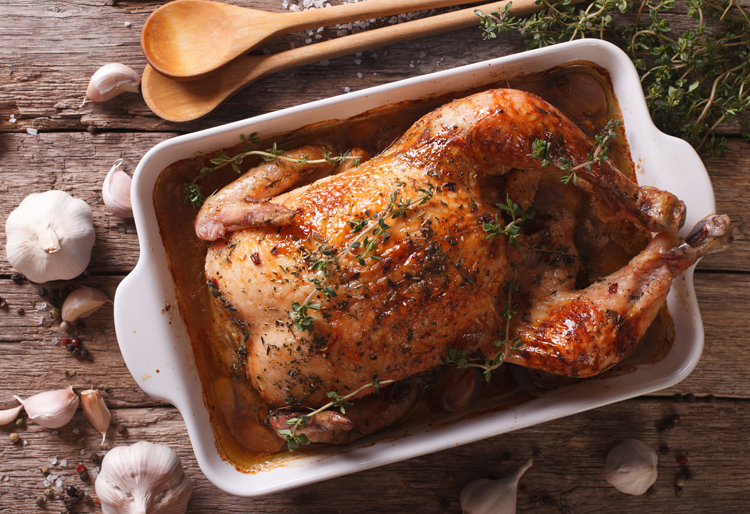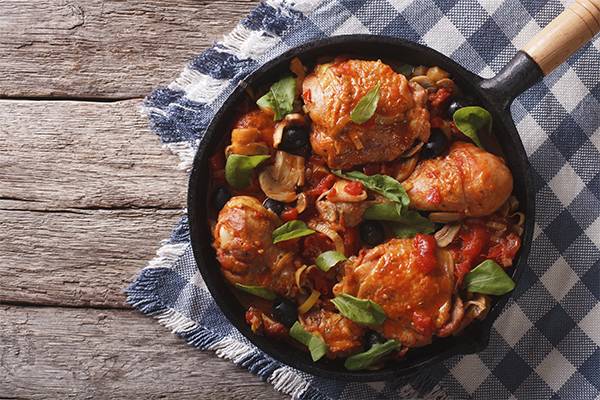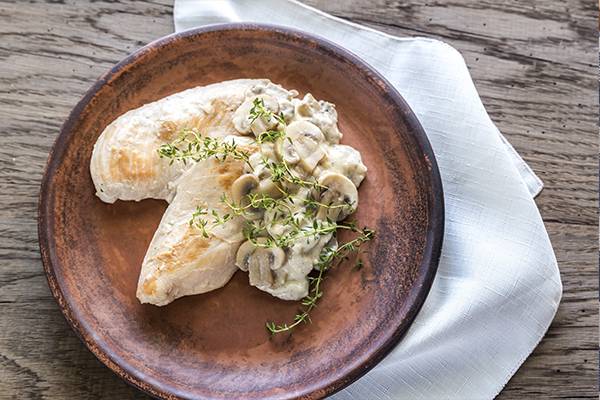What is the nutritional value of chicken?
Do you know the benefits and properties of chicken? Rich in protein, it’s the most consumed poultry meat in Spain. Discover different types of chicken and some recipes.
fresh food
Share

Why is it good to know about the nutritional value of chicken? Because it’s a food that we produce and consume in large quantities in our country. According to the latest data from the Ministry of Agriculture, Catalonia is the autonomous community with the highest poultry meat production in Spain, followed by Valencia and Andalusia. Meanwhile, if we look at chicken consumption, it’s the most consumed type of meat in our country. With an average consumption of 12 kilos per person per year, this fresh meat is one of the healthiest on the market.
Nutritional value of chicken
One of the reasons chicken is one of the most consumed meats in our country is because it contains proteins of high biological value. Are you interested in knowing more about the nutritional value of chicken? Check out the most important facts.
For every 100 grams of chicken, we find the following nutritional values:
- Energy: 167 kcal
- Proteins: 20 g
- Fat: 9.7 g
- Calcium: 13 mg
- Iron: 0.73 mg
- Magnesium: 19 mg
- Sodium: 83 mg
- Potassium: 262 mg
- Phosphorus: 165 mg
Properties and benefits of chicken
- Chicken is one of the meats most recommended by nutritionists. Not only does it stand out for its great versatility in the kitchen, but also for its high nutritional values, which provide an array of benefits for our body.
- Chicken meat can be considered lean meat, especially when consumed without the skin.ç
- The animal's fat is found in the skin and is largely monounsaturated and is mostly oleic acid.
- It’s a source of minerals such as phosphorus, which helps to keep bones in good condition.
- It’s rich in B vitamins. The main vitamins found in chicken meat are from the B group, especially vitamin B6. This type of vitamin is responsible for providing the body with energy.

Types of chicken
The chicken we eat is generally a young hen or cock that has reached a weight of between 1.5 kg and 3 kg. Today, we can find different types of chicken; but depending on how it’s fed and how it’s reared, there are two kinds:
- Conventional chicken: chickens that are reared in specialised farms. Their diet is based on chicken feed. It’s cheaper compared to free-range chicken, making it one of the most widely consumed and inexpensive meats.
- Free-range chicken: chickens that are reared in semi-freedom and without medication. Unlike conventional chickens, these animals are fed on corn and other more natural ingredients, so their meat is firmer, has less fat and is more yellowish in colour.
Aside from conventional chickens, we can find different types of chicken in the poultry family. Here are some varieties, which are usually used at Christmas for stuffing or roasting:
- Poussin chicken: this is a very small chicken, weighing less than 500g.
- Broiler chicken: this is a small chicken, weighing between 500 g and 900 g, always under 1 kg.
- Capon: this is a chicken that is castrated when it’s small and fattened for eating. It’s a very large chicken, with a lot of meat and a lot of flavour.
- Poulard: this is the female equivalent of the capon, although not as large. It has a great flavour and high fat content.
Chicken breast properties
The skinless breast is the portion with the least fat and cholesterol, only 92 kcal/100g. This makes it the most commonly consumed cut as it’s popular in low-calorie diets.

Tips for buying, preserving and cooking chicken
- Chicken meat should be bought last (as well as fish and frozen foods) and it’s best to transport it in thermal bags.
- To choose a chicken, look for a skin that is smooth and taut, without blemishes.
- Chicken meat should be eaten immediately, otherwise, it’s best to freeze it. Liver and gizzards are sold separately.
- To fry it, the frying pan must be very hot, and the salt should always be added at the end, just before serving it, as it absorbs the meat juices.
From our website to your kitchen
- Chicken in sherry with apples and raisins.
- Chicken with chestnuts and mushrooms.
- Chicken with lemon.
- Chicken stew.
- Chicken Strudel.
- Tender chicken in brine with roasted lemons, honey and thyme.
Find more recipes here.







